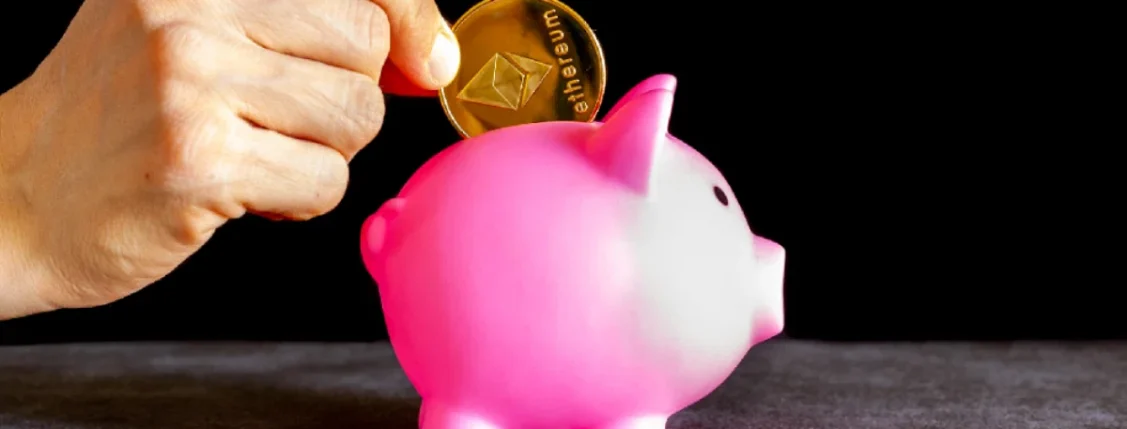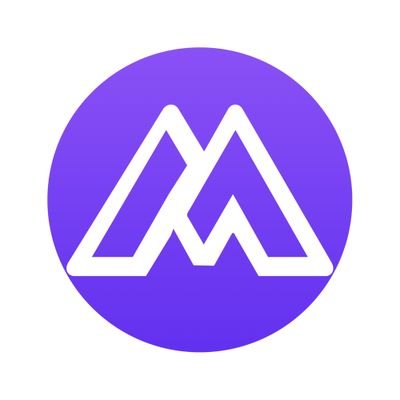Chris Burniske and Jack Tatar’s “Cryptoassets: The Innovative Investor’s Guide to Crypto And Beyond” is a comprehensive look at the world of cryptoassets.
These two writers have created a readable and informative analysis of this market segment that both beginners and experts in crypto can find useful.
While many people feel that the world of cryptocurrency is overwhelming, with so many different tokens, coins, projects, and protocols available today, this book does an excellent job of breaking down how investing in these assets can be beneficial for those willing to take the time to learn about them.
A Dive Into The Underlying Technology of Cryptoassets
The book “Cryptoassets” discusses the history and future of cryptoassets, how they work, how they are used, and what separates them from traditional assets. It also delves into smart contracts and other innovations that are added onto the coinbase process which is an important part of these systems.
Burniske & Tatar explain that cryptoassets represent a new asset class that has yet to be fully understood by most investors.
They offer definitions for all kinds of cryptoassets including cryptocurrencies (like Bitcoin), utility tokens (like Omni or Filecoin), security tokens (like Polymath), crypto equity (like Overstock), stablecoins (like Tether) and others
What Is A Cryptoasset?

“Cryptoassets, like gold, are often constructed to be scarce in their supply. Many will be even more scarce than gold and other precious metals. The supply schedule of cryptoassets typically is metered mathematically and set in code at the genesis of the underlying protocol or distributed application.”
― Chris Burniske
A cryptoasset is a tradable digital asset that can be used as a store of value or exchanged for goods or services in the future. Some examples of cryptoassets include Bitcoin (BTC), Ether (ETH), Litecoin (LTC), Monero (XMR), Dash, and ZCash.
These assets are traded on a blockchain platform where investors can buy, sell, or exchange them for other digital assets or fiat money like US dollars.
Cryptoassets can be broken down into two groups: tokens and coins. Tokens are built on top of existing blockchain systems and are designed to be used as a utility inside of that ecosystem.
Coins are built on their own blockchains and are designed to be a store of value, like traditional commodities like gold or silver.
How to Invest in Cryptoassets

If you’re interested in investing in cryptoassets, it’s important to understand how they work and how to navigate the complicated world of digital assets.
This can be difficult for the uninitiated, but there are plenty of resources available to help you get started.
Investing in cryptoassets can be a great way to build wealth. According to the authors, any person, regardless of their income level or net worth, can begin investing in this market and have a chance of earning a profit.
Bitcoin: The Father of All Cryptoassets
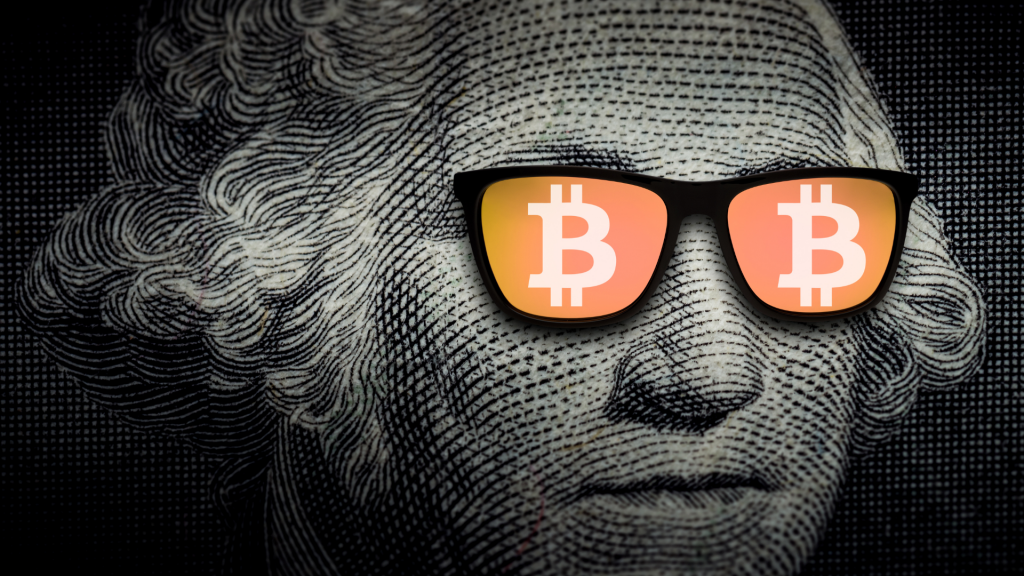
While there are many new cryptoassets that have come to the market recently, Bitcoin remains the most important and valuable cryptoasset in existence. Bitcoin has the most liquidity of any other cryptoasset in the world, and the most capital is invested in it.
While many cryptoassets are available to trade on multiple exchanges, Bitcoin’s trading volume is so large that many exchanges either don’t list it or have very low trading volume. Bitcoin is also the most widely used currency to buy goods and services online.
Created by Satoshi Nakamoto in 2008, Bitcoin entered the market on October 31st – Halloween. The year prior to this was a particularly tumultuous one for stock markets, so many people were looking for alternatives to traditional finance.
Framework For Valuing Crypto-Assets
“After a valuation analysis is done, or at the very least current value is contemplated, the best thing the innovative investor can do is to know and understand the cryptoasset developers and surrounding community.”
― Chris Burniske
The book also offers a framework for valuing crypto-assets. Three pillars support this framework:
1. Cryptographic tokens have value because they are scarce, and the more scarce they are, the higher their value.
2. They have utility value because of the services they can provide to users (i.e., access to a product or service).
3. Their market cap is based on supply and demand for these tokens in an open market environment; if more people want to own them than there are available units, then prices will rise until supply matches demand—and vice versa.
How to Determine if a Cryptoasset is Right for You
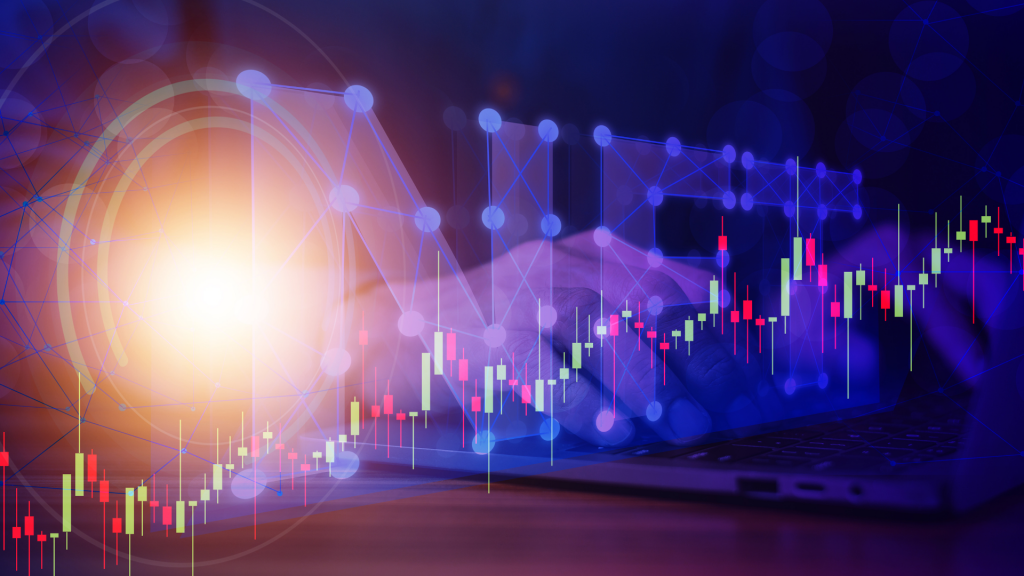
As with any investment, cryptoassets carry a high level of risk who do not understand the market. Besides, the cryptoasset market is also highly speculative, meaning that outright bets on the price of a particular cryptoasset are often made. While there are many ways to profit from the growth of cryptoassets, the authors offer practical advice on how to invest in cryptoassets to limit the risk:
- Invest only what you can afford to lose.
- Understand the risks involved before investing.
- Don’t buy cryptoassets because you think they are going to be the next big thing.
- Learn about the technology behind cryptoassets; it’s not enough just to understand whether or not they have value, but why they have value (and if that value could disappear).
“When reading the white paper, the first question to ask is: What problem does it solve? In other words, is there a reason for this cryptoasset and its associated architecture to exist in a decentralized manner? There are lots of digital services in our world, so does this one have an inherent benefit to being provisioned in a distributed, secure, and egalitarian manner? We call this the decentralization edge. Put bluntly by Vitalik Buterin, “Projects really should make sure they have good answers for ‘why use a blockchain.”
― Chris Burniske
How To Buy & Store Your Cryptoassets?
To buy cryptoassets, you have to first buy bitcoin or ether. Both are open-source protocols that use the blockchain—a shared public ledger of transactions—to facilitate peer-to-peer (P2P) payments without incurring transactions fees.
While storing your cryptoassets is a little more complicated than just having them in a bank account, there are several ways to manage your digital currency holdings.
You can choose between a hardware wallet or software wallet on your local computer; an online service such as Coinbase; or an offline keystore file which stores information about your private keys.
For these reasons, it’s important that investors in cryptoassets have a plan for how they want to manage their funds over time: whether they want short-, medium-, or long-term goals and what kind of risk tolerance they have when it comes down to investing in these relatively young and volatile assets (which would be extremely dicey).
Conclusion
Books like “Cryptoassets” by Chris Burniske and Jack Tatar walk you through everything you need to know to invest in this growing market.
By reading the book you can gain a better understanding of how cryptoassets work, what makes them valuable, and how you can profit from this growing market.
This book offers valuable insights into a market that’s becoming increasingly difficult to ignore. It’s for investors who want to learn about cryptoassets and the unique opportunities they present.
If you’re looking to take your cryptocurrency knowledge to the next level, this book is an excellent place to start. It doesn’t talk down to readers who aren’t familiar with the topic, and it gives them a valuable framework for understanding how cryptoassets work.

Ethereum: Blockchains, Digital Assets, Smart Contracts, Decentralized Autonomous Organizations: Summary, Chapters & Review of Henning Diedrich’s Book
We are in the midst of a blockchain revolution and Ethereum is one of its most prominent figures. Ethereum is introducing another layer of complexity
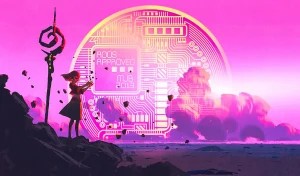
Blockchain Revolution: Summary, Chapters And Review of Don & Alex Tapscott’s Book
The book makes it clear that although there are many uses for blockchain technology today (mostly in cryptocurrency), there are even more exciting possibilities for its use in tomorrow’s world – especially if you’re an entrepreneur looking at new ways to disrupt existing industries!
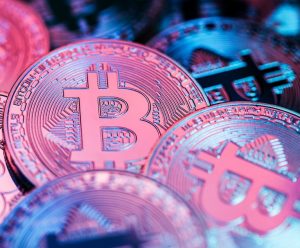
The Age of Cryptocurrency: Summary, Chapters And Review of Paul Vigna and Michael J. Casey’s Book
The Age of Cryptocurrency: A Beginner’s Guide to Investing in Bitcoin and Other Cryptocurrencies is a timely book: from the growing interest in Bitcoin and

Digital Gold: The Untold Story Of Bitcoin – Summary, Chapters and Review of Nathaniel Popper’s Book
Nathaniel Popper’s book is a deep dive into the history of Bitcoin, from its early days as an experiment in digital cash all the way up to the present day, when crypto tokens have taken over the imaginations of technologists everywhere.
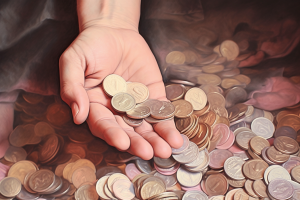
The Promise of Bitcoin: A New World Of Unsecured Money – Summary, Chapters and Review of Bobby C. Lee’s Book
Explore the potential of unsecured currency with “The Promise of Bitcoin” by Bobby C. Lee. Our review offers insights into Lee’s groundbreaking book. Join the Bitcoin revolution and discover the future of money.
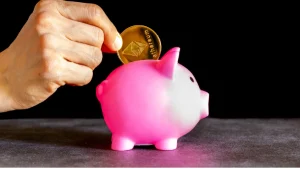
Cryptoassets: The Innovative Investor’s Guide To Crypto And Beyond – Summary, Chapters and Review of Chris Burniske & Jack Tatar’s Book
Burniske & Tatar explain that cryptoassets represent a new asset class that has yet to be fully understood by most investors. They offer definitions for all kinds of cryptoassets. If you’re looking to take your cryptocurrency knowledge to the next level, this book is an excellent place to start.
Author
-
CEO and Co-Founder at AmpiFire. Book a call with the team by clicking the link below.

